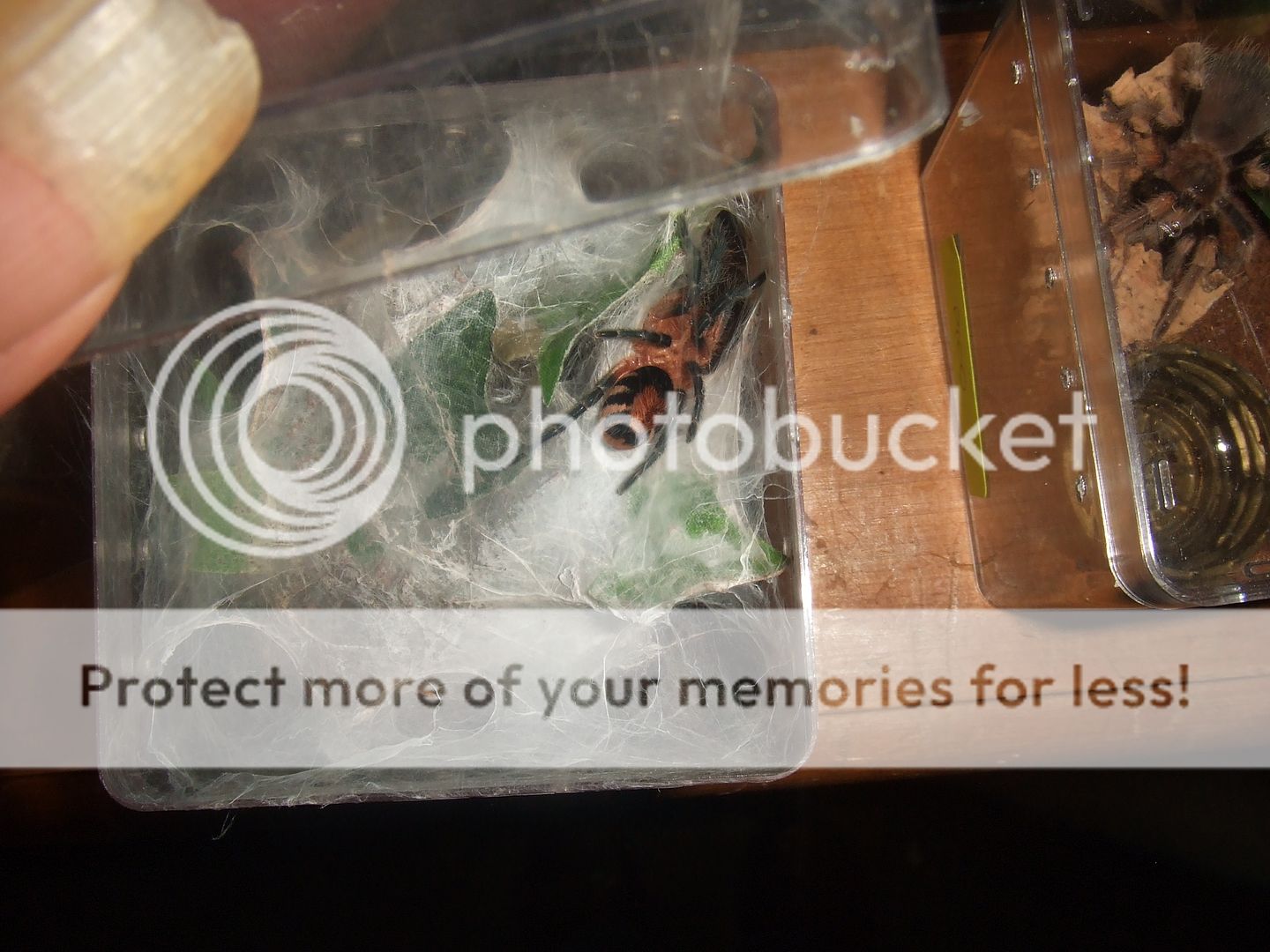- Messages
- 574
- Location
- Airville, PA
Can anyone give me some suggestions of terrestrial tarantulas, preferably NW, that are prolific webbers? I have recently begun to realize that I adore species that just fill their enclosures with webbing like my H. sp Columbia, GBB and Cyclosternum pentalore.
Any other species that I should consider?
Any other species that I should consider?

